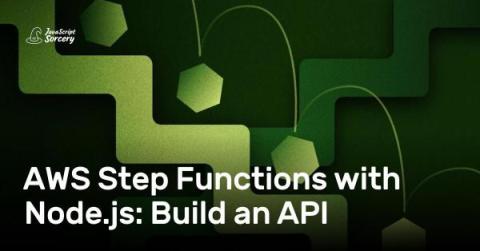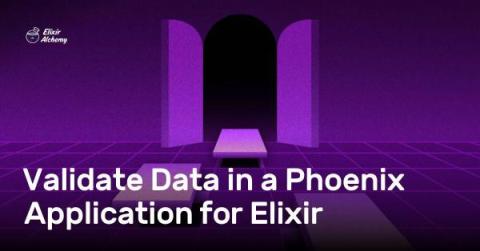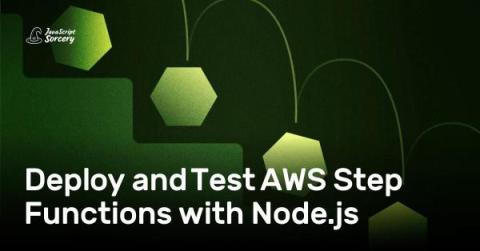A Deep Dive Into LiteDB for Ruby on Rails
In the second post of our series covering LiteStack (an alternative way to build Rails applications entirely based on SQLite), we'll explore the database's concepts of flexible typing and type affinity. We'll not only discover how SQLite's data handling differs from other SQL databases, but also how we efficiently process and store binary data, like images, directly in a database column. Note: LiteDB is essentially SQLite, but fine-tuned for usage in Rails.











